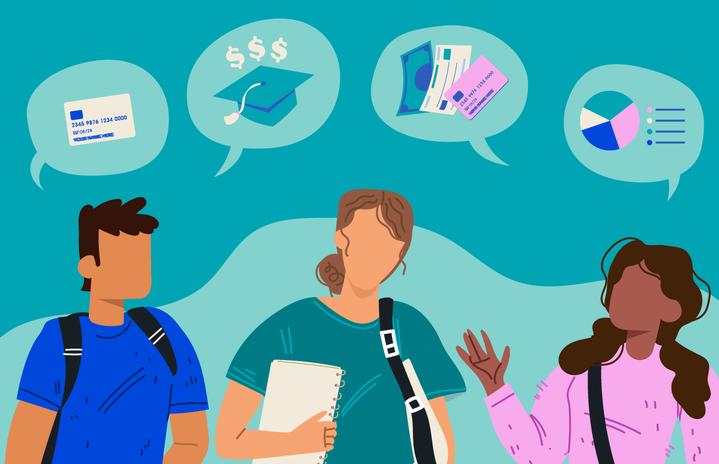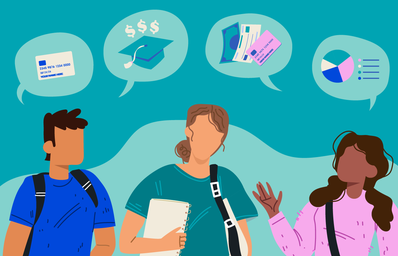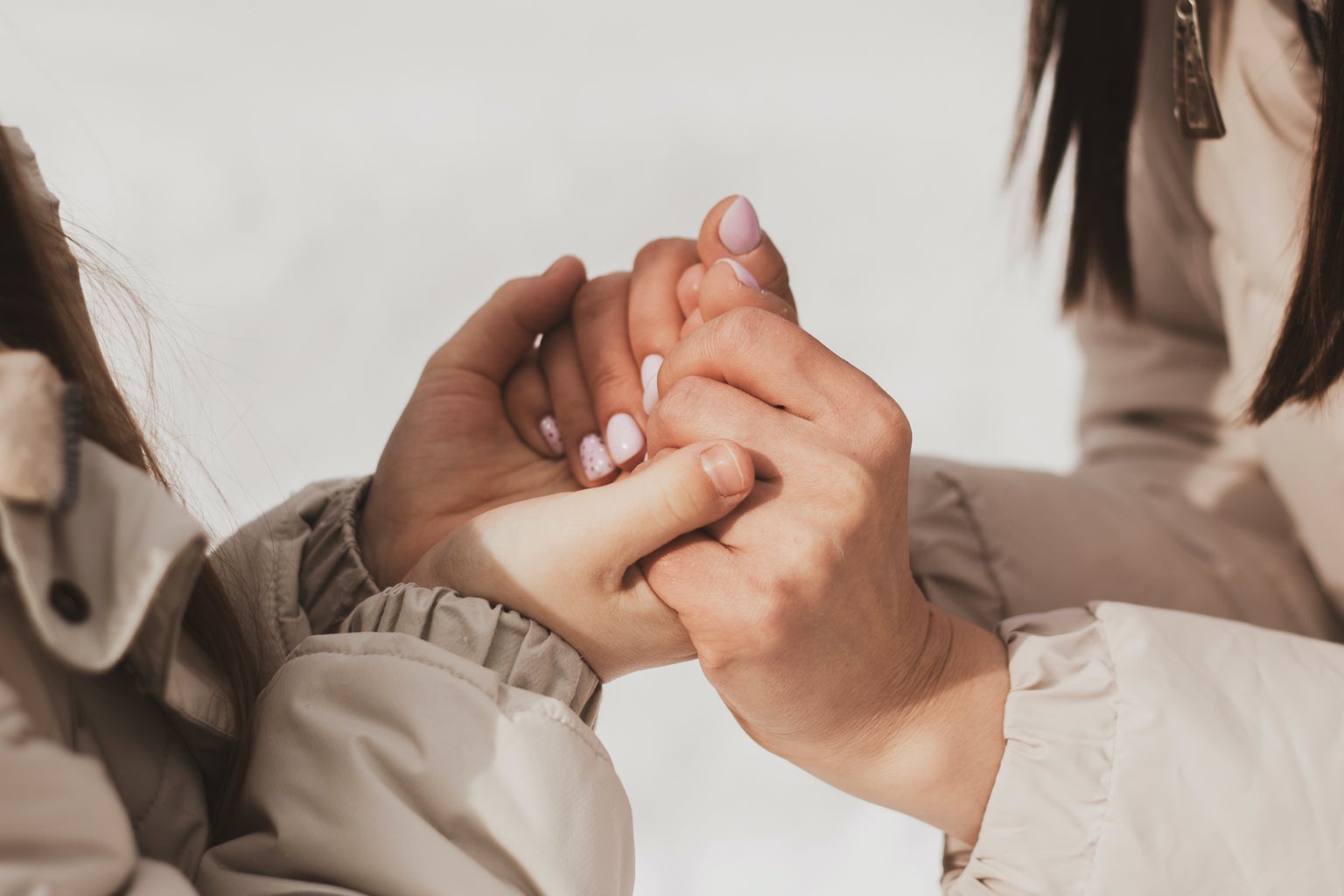About a month ago, I fractured my foot. As someone who definitely has her fair share of dramatic moments, my whole world was shaken. I could no longer go to work, it was more difficult to see my friends, and every aspect of my life became a task. Not to mention the sleepless nights, anxiety surrounding what health problems the injury could provoke in the future, and of course, the feeling that I was a major inconvenience to everyone around me.
For at least a few weeks, I was miserable. But as I turned to reflect on my experience, I realized how tremendously fortunate and grateful I am. They say that you realize the value of something once it’s gone. After my injury, I had to change the way I lived. Cautious steps into the shower, mobility aids, scooting down the stairs, and asking for help for minor things became my new norm.
That being said, I am one of the lucky ones. My visible temporary disability will become invisible once my AirCast boot is off, and go away altogether once I’m fully healed. But that isn’t the reality for everyone. Those who live with permanent intellectual and physical disabilities have no choice but to navigate a world that has been built and shaped to work against them.
Disability is both invisible and hyper-visible. People with invisible disabilities (often intellectual / learning based) occupy the social reality of being in need of support but deemed unworthy of this support. Documentation must always be provided and standards (set by individuals who don’t share lived experiences) must always be met. Individuals with intellectual disabilities are judged, segregated (so much for “community classroom”), and scrutinized to meet neoliberal expectations of an ideal “worker.” Think smart, act fast, make progress.
Those with hyper-visible disabilities, on the other hand, are more likely to be subject to extreme infantilization. They are pitied, treated as if they always need help, and are overly praised for accomplishing tasks that may not even be a big deal in their eyes.
I am not saying any of this based on assumption; I’m saying it from experience. I had the absolute privilege of being able to work with individuals with disabilities last summer. As a Camp Lead for a phenomenal not-for-profit organization, I was able to develop and facilitate programming for campers from the ages of 9-57. All of our campers had their own interests, skills, abilities and needs. The camp not only involved social activities at our home base (a local school), but also regular trips and excursions around the community.
During our trips, I noticed a common pattern in interactions between campers and community members. Some looked at the group with fear, like a mall security guard who questioned the presence of the campers without a formal notification to head office. Others looked with distaste, like fellow bus riders who were annoyed with one of our campers who was making noise. Some even looked with a sense of obligation, as if they would be judged or looked down upon for not stopping what they were doing to come assist.
As an ally, I can certainly say that while barriers may be reduced, they are never removed. Care is regularly shown, but it is rarely ever genuine. If we praise people who don’t have disabilities for helping those who do rather than actively working to break down larger, systemic barriers, then we are putting a bandaid on a much larger problem.
Not all people with disabilities can afford to attend camp and take part in the social and skill-based experiences that come with it. Not all people with disabilities have caregivers or strong support systems. When the standard of able-bodied, able-minded individuals has been established, any equity-seeking initiatives would only ever be seen as beyond the standard. These initiatives are complimentary, not mandatory.
We need to shift the narrative. Instead of working to include those who are different, maybe we should be asking ourselves how to prevent exclusion in the first place. Design physical spaces with access for all. Utilize technology and classroom strategies to provide a space for all students, regardless of communication method, to have a say in the conversation. Validate social realities and lived experiences. Most importantly, never, ever, ever speak or act on behalf of others.
While I’ve taken note of a significant issue, I haven’t lost hope for a solution. Despite moments where I felt like all the tremendous work that advocates and organziations were doing was being undone, I also witnessed moments of great progress.
It’s possible to envision and actively work towards a world where everyone has a seat at the table. Accessibility benefits all of us, whether you have a temporary injury or a permanent disability. It’s not radical left-wing thinking, it’s not unrealistic, and it doesn’t come at the expense of any individual.
If anything, it’s simply human.





